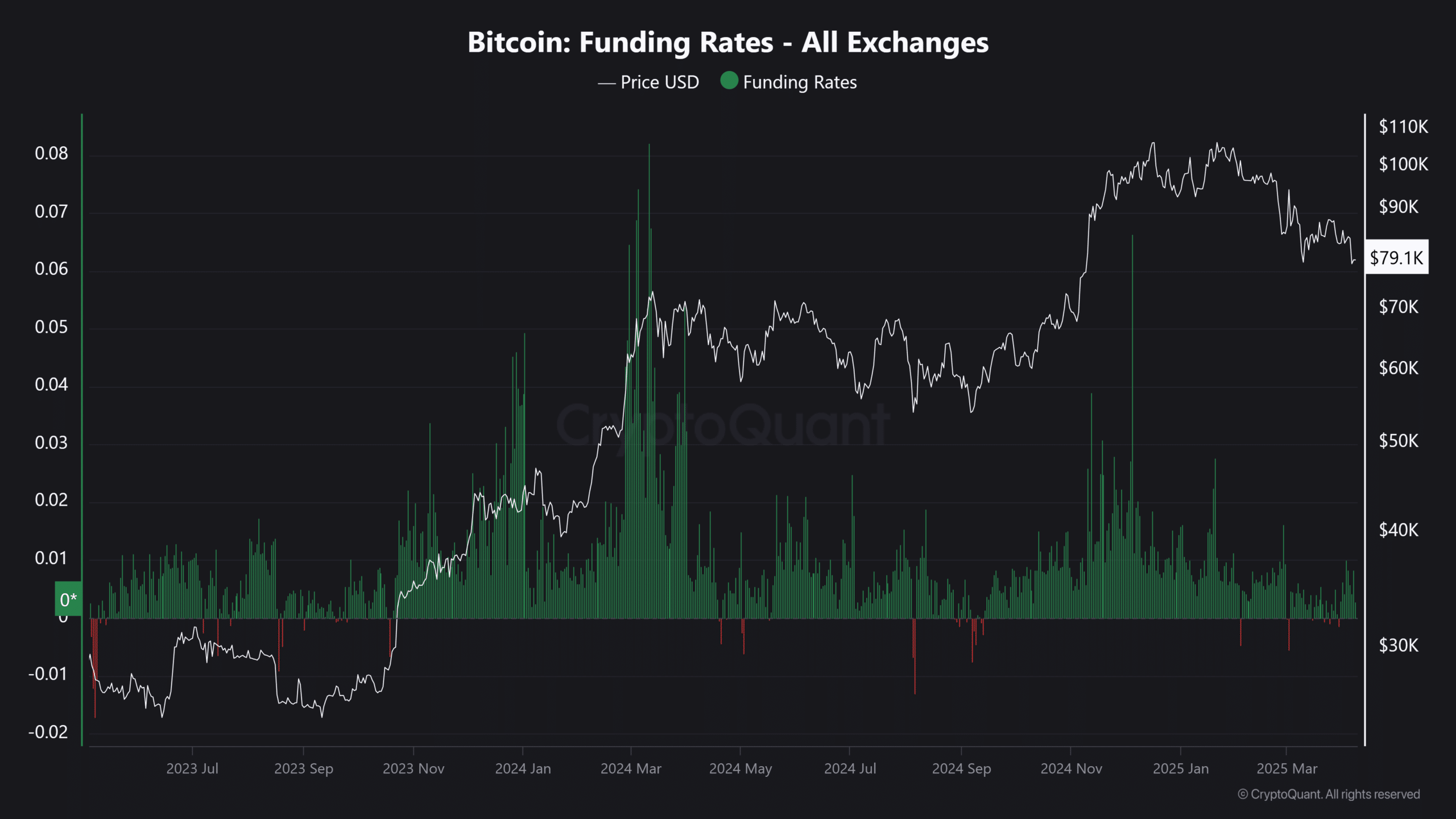-
Bitcoin’s recent dip below $75k marks a critical juncture, where market sentiment and liquidity trends intertwine to shape future price movements.
-
The prevailing sentiment among investors raises questions about their confidence as Exchange Inflow CDD surges, prompting analyses of long-term holding behaviors.
-
“The fluctuations seen in CDD flows can be indicative of significant market shifts,” remarked a COINOTAG analyst, emphasizing the importance of understanding these trends.
Bitcoin’s recent price movement below $75k amid a CDD spike raises questions about market confidence and liquidity dynamics among long-term investors.
Understanding the Implications of CDD Spikes on Bitcoin’s Price Dynamics
Bitcoin’s exchange CDD, or cumulative distribution divergence, has historically exhibited non-linear outcomes. While elevated CDD spikes are often associated with potential sell-offs, they can also signify a shift in market dynamics where capital is reallocated towards derivatives for better leverage and hedging solutions. Distinct patterns have emerged, where rising CDD spikes sometimes presage downturns, yet, they also coincide with subsequent recovery phases.
Analyzing the Correlation Between CDD Movement and Market Behavior
Market participants often observe the implications of CDD movements in conjunction with overall market sentiment. Increased CDD suggests that investors may be moving capital from wallets to exchanges, typically seen as indications of anticipation for near-term sales. However, these movements can also reflect strategic positioning ahead of future volatility. For example, historical data from recent months highlight both sharp price corrections and significant recoveries following CDD spikes.
Recent CDD Spike: Are We Witnessing a Market Shift?
On April 6, 2025, Bitcoin experienced a remarkable exchange inflow CDD surge, marking a staggering 529% rise. This dramatic shift raised alert levels within the trading community, compelling analysts to assess whether this trend would replicate previous downturns seen in February or if it signaled resilience akin to the March uptrend. Despite such substantial liquidity injections, Bitcoin managed to showcase some stability, closing just above $79k the following day.
Moreover, data shows that Short-Term Holder (STH) supply has notably decreased, indicating that the weaker hands may have already exited, leaving the market potentially stronger and more stable. On the other hand, the Long-Term Holder (LTH) supply continuing to hold steady suggests a retention of bullish sentiment among core investors.
The Role of Open Interest and Funding Rates in Bitcoin’s Market Drive
Crucial observations from the derivatives market reveal an Open Interest (OI) resurgence above $51 billion. This influx of liquidity correlates with active price movements, reinforcing the notion that market dynamics are underpinned by leveraged trading. Additionally, the alignment of Funding Rates near March’s levels indicates that derivative traders play an increasingly influential role in price formation.Strategically, these factors can contribute to an amplified volatility cycle, impacting the overall price trajectory as STHs react to market developments.

Source: CryptoQuant
Conclusion
To summarize, Bitcoin’s current positioning under the $75k mark amid heightened Exchange Inflow CDD suggests a critical decision point for the asset. While sell-off pressures could develop, the underlying metrics indicate a potential for recovery, especially with established long-term holders maintaining their positions. Investors must remain cognizant of ongoing market conditions and developments to discern genuine trends from transient fluctuations, ensuring prudent trading strategies.
